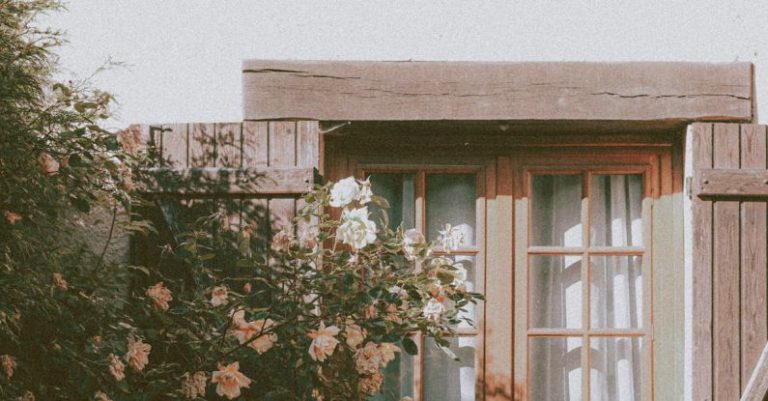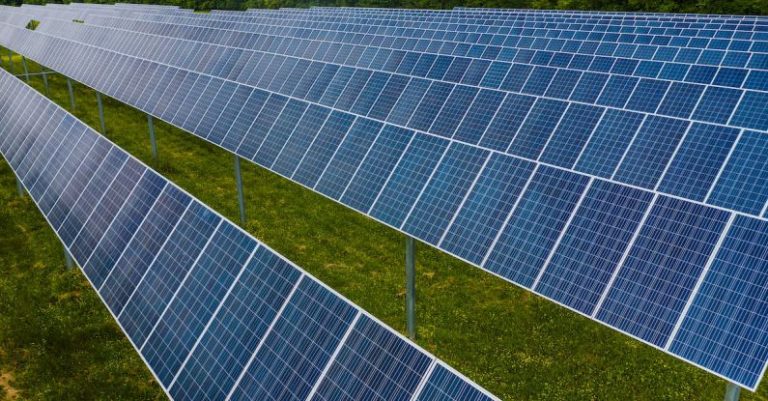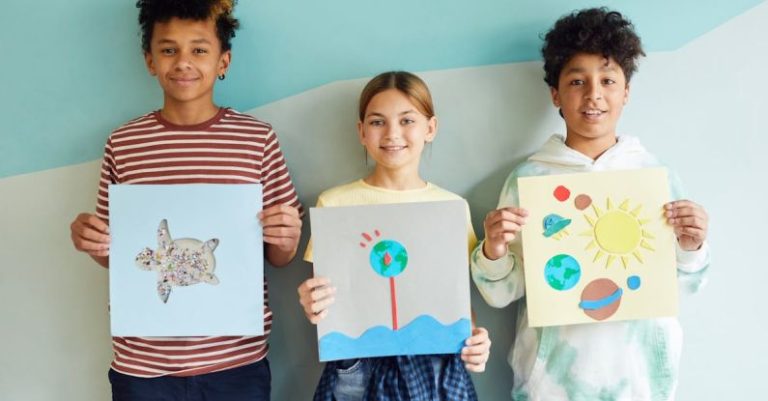The Promise of Transparency: Clear Composite Materials in Facades
Transparency is a quintessential characteristic in modern architecture, with a growing demand for buildings that seamlessly integrate the indoor and outdoor spaces. The use of clear composite materials in facades has revolutionized the way architects conceptualize and design structures, offering a promising future for the industry. These innovative materials not only provide transparency but also enhance aesthetics, improve energy efficiency, and offer sustainable solutions for the built environment.
**The Evolution of Facade Design**
Traditional building materials such as concrete, brick, and glass have long been used in facade design. While these materials have their advantages, they often lack the transparency that many architects seek in their designs. Clear composite materials, such as transparent polycarbonate and glass fiber-reinforced polymers, have emerged as viable alternatives that offer both transparency and structural integrity. These materials allow architects to create facades that blur the boundaries between interior and exterior spaces, fostering a sense of openness and connectivity.
**Aesthetics and Visual Impact**
The use of clear composite materials in facades can transform the visual impact of a building, creating a striking and modern aesthetic. The transparency of these materials allows natural light to penetrate deep into the building, creating a bright and inviting interior space. Additionally, the interplay of light and shadow on the transparent surfaces can create dynamic visual effects that change throughout the day, adding depth and interest to the facade.
**Energy Efficiency and Sustainability**
In addition to their aesthetic benefits, clear composite materials offer practical advantages in terms of energy efficiency and sustainability. The transparency of these materials allows for increased natural light penetration, reducing the need for artificial lighting and lowering energy consumption. Furthermore, some composite materials have insulating properties that can help regulate indoor temperatures, reducing the reliance on heating and cooling systems. By optimizing natural light and thermal performance, buildings can achieve higher levels of energy efficiency and contribute to a more sustainable built environment.
**Structural Integrity and Durability**
Clear composite materials are not only visually appealing but also offer exceptional structural integrity and durability. These materials are lightweight yet strong, making them ideal for use in facades where both transparency and strength are important. Additionally, composite materials are resistant to corrosion, weathering, and UV radiation, ensuring that the facade maintains its transparency and appearance over time. By using clear composite materials, architects can create facades that are not only beautiful but also durable and long-lasting.
**Integration and Adaptability**
One of the key advantages of clear composite materials is their versatility and adaptability in design. These materials can be molded into a variety of shapes and forms, allowing architects to create unique and innovative facades that suit the specific requirements of a project. Whether used in large-scale commercial buildings or small residential structures, clear composite materials offer endless possibilities for creative expression and design innovation. By integrating these materials into facades, architects can push the boundaries of traditional design and create buildings that are truly distinctive and memorable.
**Innovative Solutions for the Future**
The use of clear composite materials in facades represents a significant step forward in the evolution of architectural design. By combining transparency, aesthetics, energy efficiency, and sustainability, these materials offer a holistic solution for the built environment. As architects continue to explore the potential of clear composite materials, we can expect to see even more innovative and inspiring designs that redefine the way we interact with our built environment. With their promise of transparency, clear composite materials are set to shape the future of facade design and architecture for years to come.
**Embracing Transparency in Facades**
The integration of clear composite materials in facades opens up new possibilities for architects to create buildings that are visually stunning, energy-efficient, and sustainable. By leveraging the transparency, aesthetics, structural integrity, and adaptability of these materials, architects can push the boundaries of design and deliver innovative solutions for the future of architecture. As the demand for transparency in architecture continues to grow, clear composite materials stand out as a promising choice for architects looking to make a bold statement with their designs.






